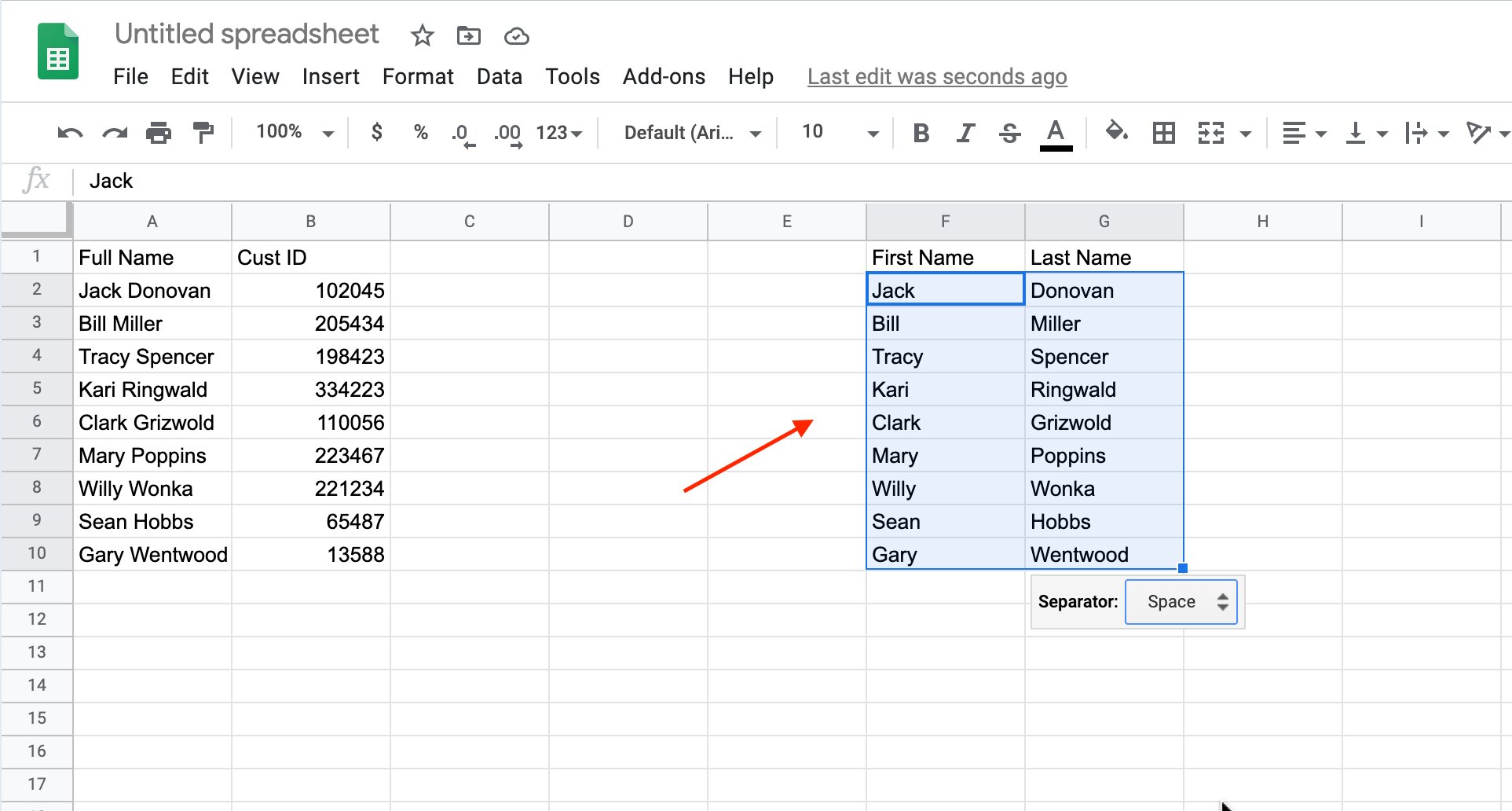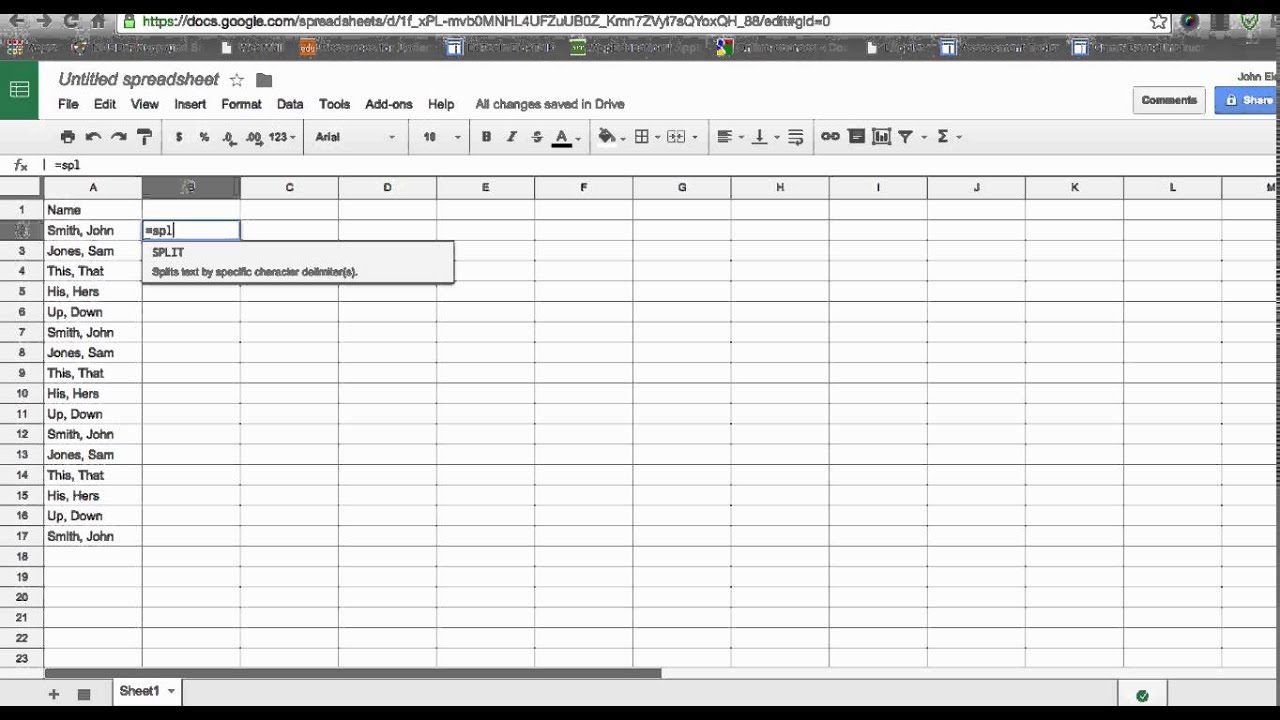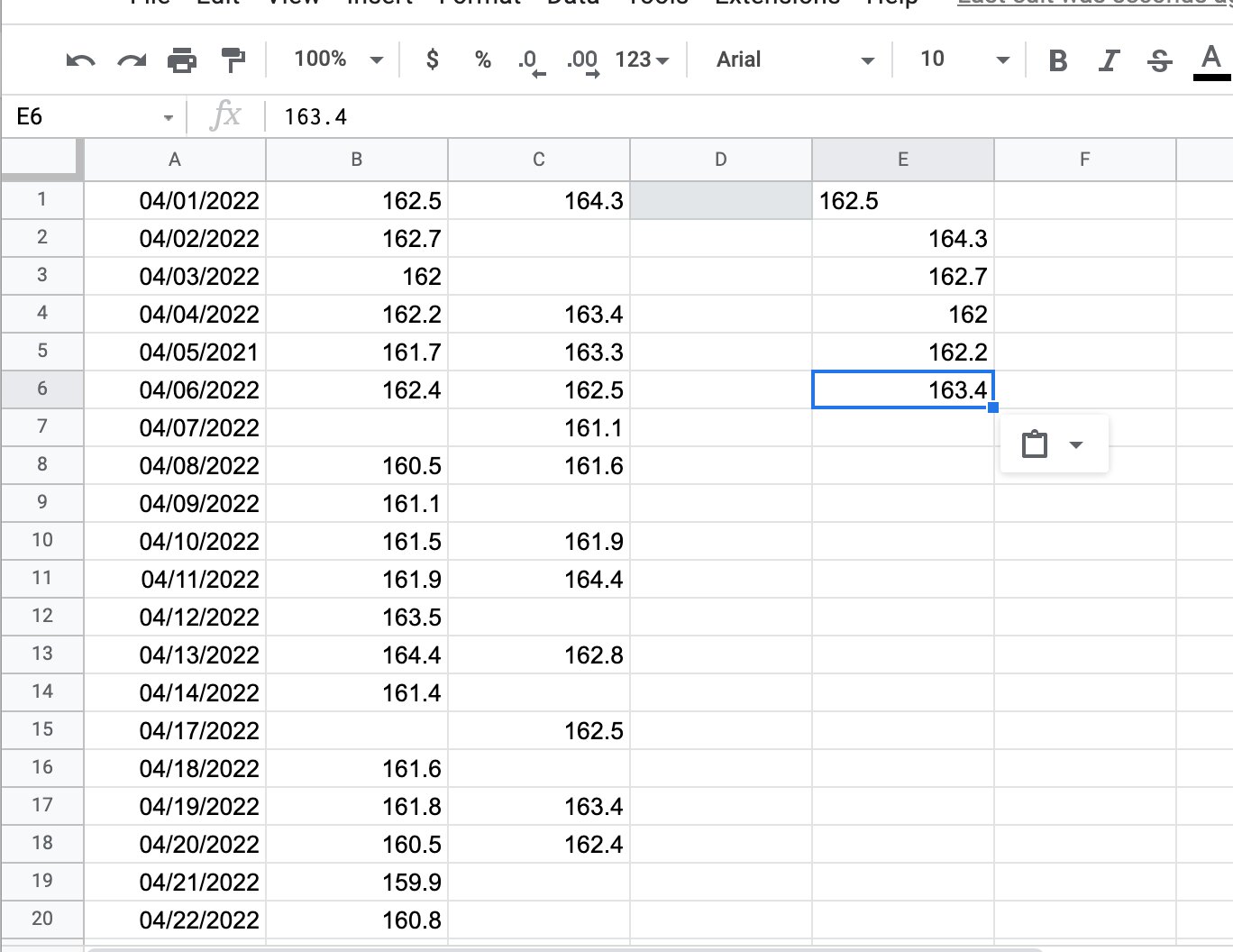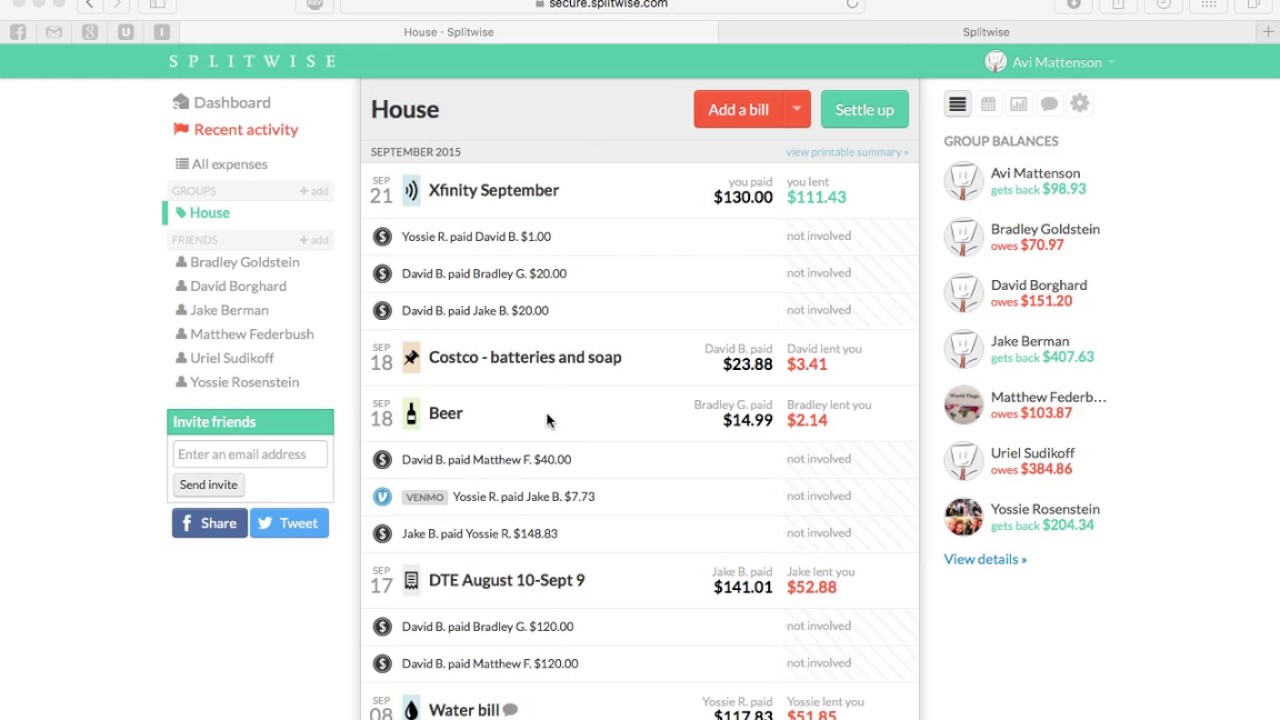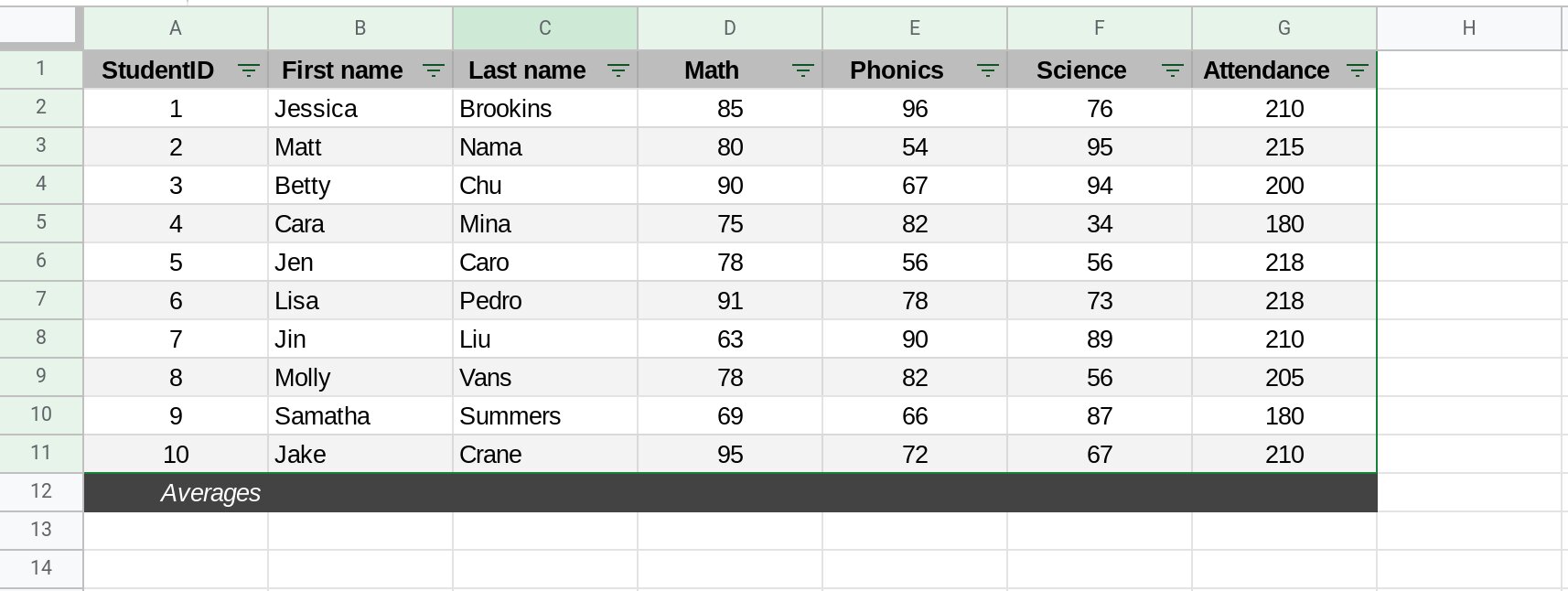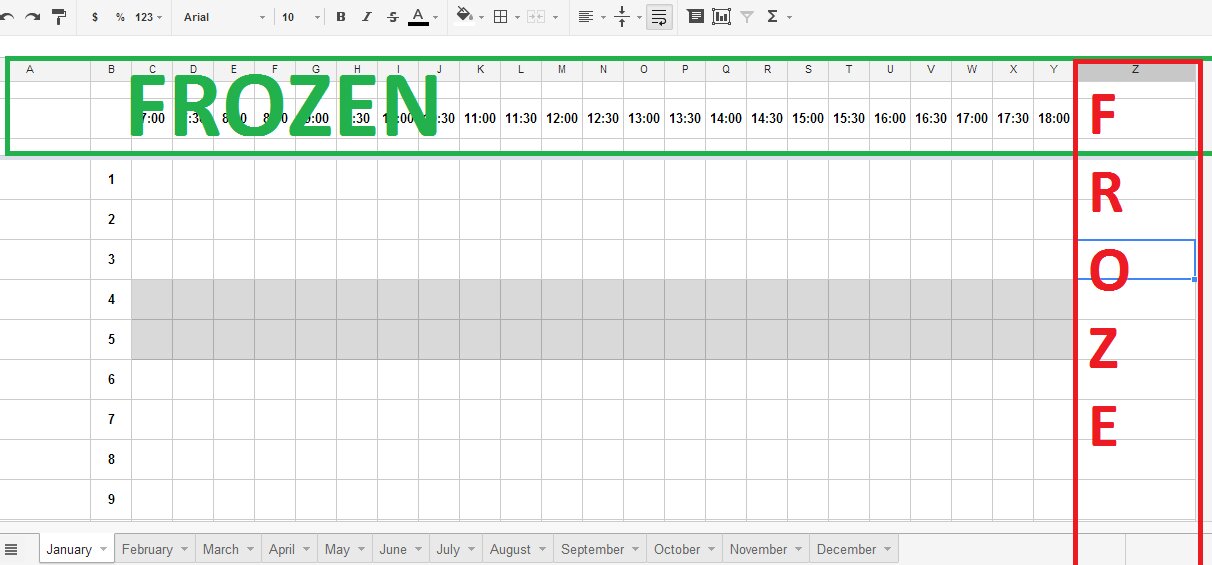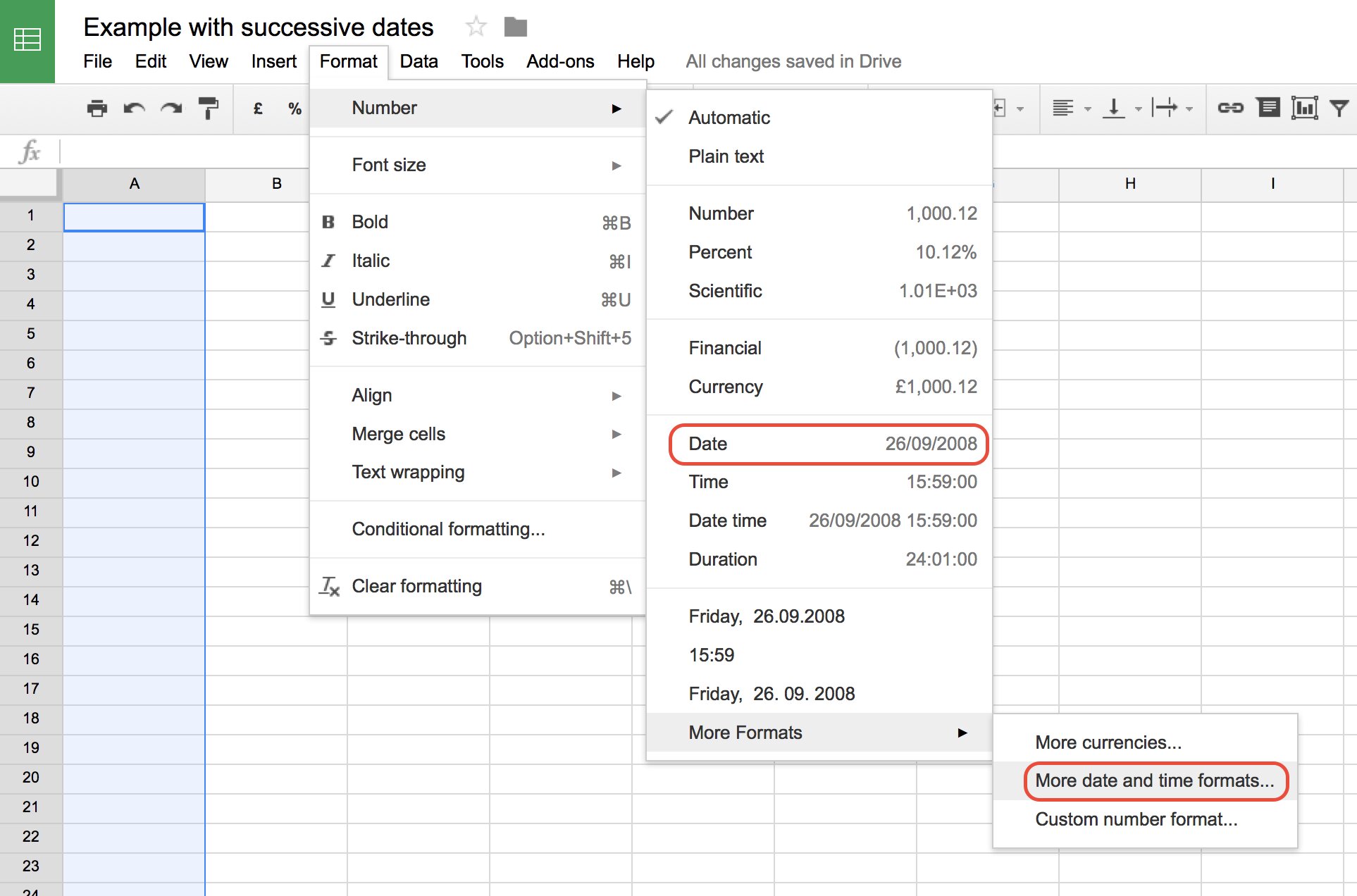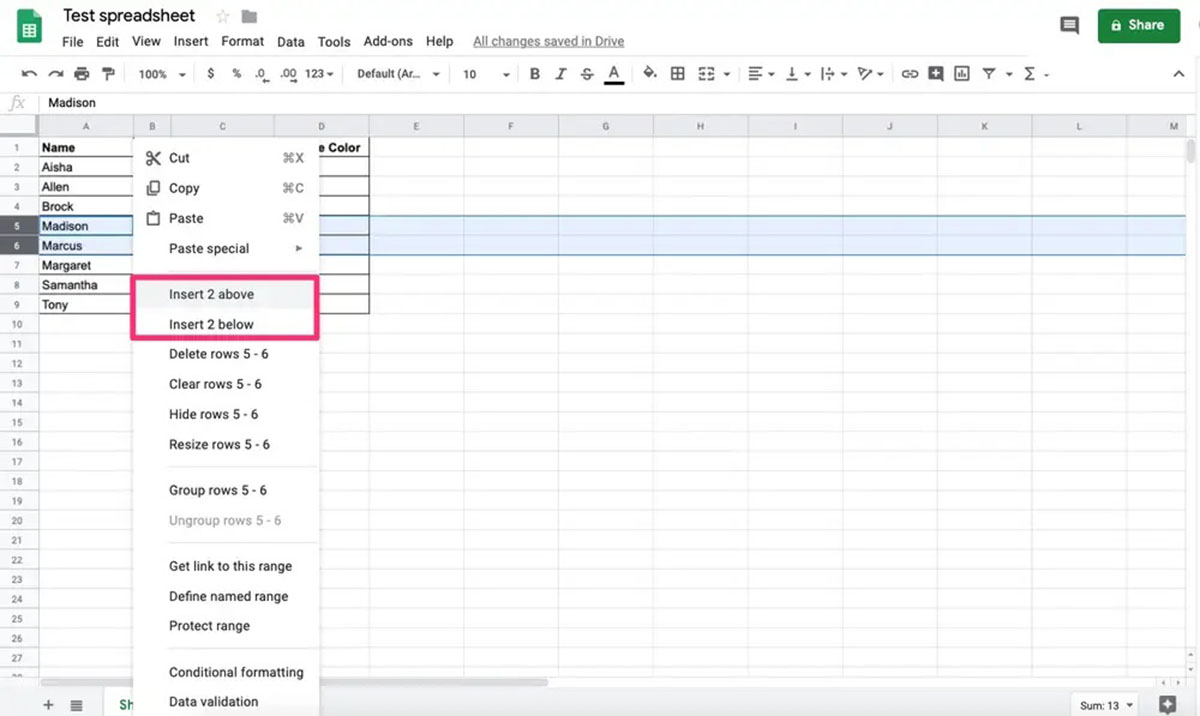Overview
Splitting a full name into separate first and last names is a common task in data manipulation and analysis. Whether you are working with a large data set or a simple list of names, being able to split names into separate components can be highly beneficial. In this article, we will explore three methods to split first and last names in Google Sheets.
First, we will look at using formulas, which is a flexible and powerful method to extract first and last names. Next, we will discuss using the Text to Columns feature, which can quickly split names based on a chosen delimiter. Finally, for more advanced users, we will explore how to use Apps Script to automate the splitting process.
By learning these methods, you will be able to efficiently split first and last names and perform further analysis on each component separately. Whether you need to sort names alphabetically, categorize data based on last names, or perform any other tasks that require name separation, these techniques will come in handy.
So, let’s dive in and discover how to split first and last names in Google Sheets using formulas, Text to Columns, and Apps Script.
Method 1: Using Formulas
Using formulas is a versatile approach to split first and last names in Google Sheets. With the help of built-in functions like LEFT, RIGHT, FIND, and LEN, you can easily extract the desired components from a full name.
To begin, insert a new column next to the column containing the full names. In the first cell of the new column, enter the formula =LEFT(A2, FIND(” “, A2)-1). This formula will extract the first name from cell A2. To extract the last name, enter the formula =RIGHT(A2, LEN(A2) – FIND(” “, A2)). This formula uses the RIGHT function to extract characters from the right side of the full name, starting from the position after the space.
Drag these formulas down to apply them to the remaining cells. Now, you will have separate columns for the first and last names. If you want to remove any leading or trailing spaces, you can use the TRIM function.
Another useful tip is to wrap these formulas in an IFERROR function to handle situations where the full name does not contain a space. For example, you can modify the first name formula to =IFERROR(LEFT(A2, FIND(” “, A2)-1), A2).
Using formulas to split first and last names provides flexibility and allows you to customize the process based on your specific requirements. However, keep in mind that if you need to split names in a large data set, using formulas may slow down the performance of your spreadsheet. In such cases, other methods like Text to Columns or Apps Script might be more efficient.
Now that you know how to use formulas to split names in Google Sheets, let’s move on to the next method: Text to Columns.
Method 2: Using Text to Columns
If you have a large dataset or prefer a more hands-off approach, the Text to Columns feature in Google Sheets is a powerful tool to split first and last names quickly. This feature allows you to specify a delimiter, such as a space or comma, and automatically separates the data into multiple columns.
To begin, select the column that contains the full names. Then, navigate to the “Data” menu at the top of the screen and choose “Text to Columns.” In the dialog box that appears, select the “Split by” option and enter the desired delimiter (e.g., space).
Click “Next” and choose the data format for each column if necessary. For splitting names, you typically don’t need to change the format. Finally, click “Finish” to split the names into separate columns.
Once you’ve completed these steps, you will have separate columns for the first and last names. You can further format the columns and remove any leading or trailing spaces if needed.
One advantage of using the Text to Columns feature is its ability to handle different delimiters, making it suitable for various name formats. For example, if you have names formatted as “Last, First,” you can simply choose the comma as the delimiter.
However, one limitation of Text to Columns is that it modifies the original data by splitting it into new columns. If you want to keep the original column and have the split names in separate columns, you may need to duplicate the original column before applying the Text to Columns feature.
Now that you understand how to use the Text to Columns feature, let’s explore a more advanced method: using Apps Script.
Method 3: Using Apps Script
If you are comfortable with JavaScript and want to automate the process of splitting names in Google Sheets, you can use Apps Script. Apps Script is a powerful tool that allows you to extend the functionality of Google Sheets and create custom scripts.
To begin, open your Google Sheets document and navigate to the “Extensions” menu. Select “Apps Script” from the dropdown menu. This will open a new script editor window.
In the script editor, delete the existing code and enter the following script:
function splitNames() {
var sheet = SpreadsheetApp.getActiveSpreadsheet().getActiveSheet();
var dataRange = sheet.getDataRange();
var dataValues = dataRange.getValues();
for (var i = 0; i < dataValues.length; i++) {
var fullName = dataValues[i][0];
var nameParts = fullName.split(" ");
if (nameParts.length >= 2) {
var firstName = nameParts.shift();
var lastName = nameParts.join(" ");
sheet.getRange(i+1, 2).setValue(firstName);
sheet.getRange(i+1, 3).setValue(lastName);
}
}
}This script uses the split method to separate the full name into an array of name parts. It then checks if there are at least two name parts and assigns the first part as the first name and the remaining parts as the last name. Finally, it sets the values in the adjacent columns.
Save the script, close the script editor, and return to your Google Sheets document. Now you can run the script by going to the “Extensions” menu, selecting “Apps Script,” and choosing “splitNames” from the list of functions.
Once the script finishes running, you will have the first and last names split into separate columns.
Using Apps Script provides a more powerful and customizable solution for splitting names in Google Sheets. You can modify the script to handle different name formats, add error handling, and even automate the script to run on a scheduled basis.
Now that you’ve learned how to use Apps Script, you have a more advanced option for splitting names in Google Sheets. Let’s summarize what we’ve covered so far.
Conclusion
Splitting first and last names in Google Sheets is a useful skill that can greatly enhance data manipulation and analysis. In this article, we explored three methods to achieve this task: using formulas, the Text to Columns feature, and Apps Script.
Formulas provide flexibility and can be customized to handle various name formats. By utilizing functions like LEFT, RIGHT, FIND, and LEN, you can extract first and last names from a full name. However, using formulas may impact the performance of larger datasets.
The Text to Columns feature offers a quick and efficient way to split names by specifying a delimiter. It is particularly useful when dealing with different name formats. However, it modifies the original data and may require duplicating the original column if you want to keep it intact.
For more advanced users, Apps Script provides the ability to automate and customize the splitting process. By writing a JavaScript script, you can separate names into first and last names and even schedule the script to run automatically. Apps Script offers a powerful solution for handling complex tasks and large datasets.
When choosing the appropriate method, consider the size of your dataset, the complexity of the name formats, and your level of expertise with custom scripting.
By mastering these techniques, you will be able to efficiently split first and last names in Google Sheets and unlock new possibilities for data analysis and organization. Whether you need to sort names alphabetically, categorize data based on last names, or perform any other tasks that require name separation, these methods will streamline your workflow.
So why wait? Start applying these methods in your Google Sheets projects and experience the benefits of split names today!







